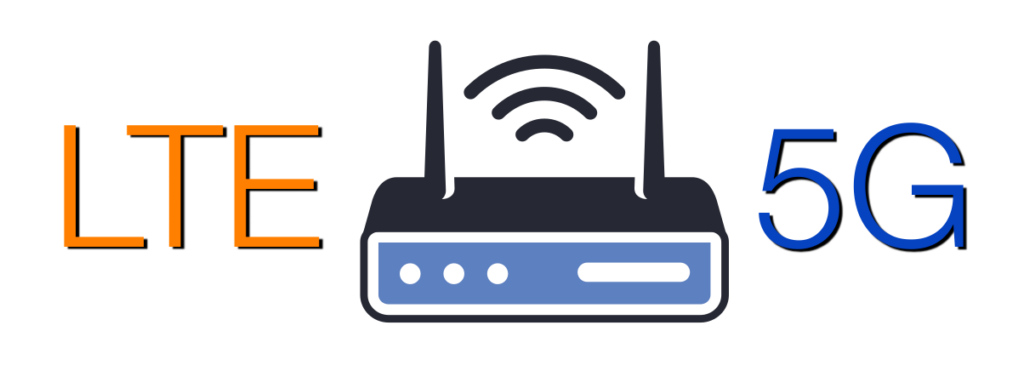The Peplink MAX BR2 Micro is an ultra-compact router with dual modems, designed to deliver robust and reliable connectivity in a variety of challenging environments. Despite its small form factor and lightweight design, this router packs a punch with its ruggedized enclosure and versatile power options, including compatibility with USB-C power input. These features make […]
Verizon Unveils New Brand Identity and Customer-Centric Initiatives
Verizon has unveiled a comprehensive brand refresh alongside an array of new customer-focused programs, reinforcing its commitment to innovation and service. This announcement marks a significant milestone in the company’s ongoing efforts to offer more choices and flexibility to its customers. A Fresh Look for a Trusted Brand Verizon’s new logo, a glowing red “V” […]
How to Interpret Antenna Radiation Patterns
Antenna radiation patterns are essential tools for optimizing the performance of various wireless communication systems, including cellular, GPS/GNSS, and WiFi. By understanding these patterns, you can make informed decisions about antenna placement and orientation, ensuring better signal strength and coverage. Whether you are a professional installer or a DIY enthusiast, mastering radiation patterns will help […]
Ensuring Reliable Connectivity with Digi SureLink® Technology
Whether you’re an individual running a home network or a business managing multiple networks, connectivity is the key to survival. Digi International, a leader in IoT connectivity solutions, offers a range of cellular routers designed to maintain persistent and reliable connections. Digi SureLink®, a standout feature of Digi routers, ensures “always-on” connections by continuously monitoring […]
Ookla Tests 5G Performance in the U.S.
The ongoing improvement of 5G performance in the United States is closely tied to the increasing availability of mid-band spectrum. In March 2024, T-Mobile began utilizing additional 2.5 GHz spectrum acquired in a 2022 auction, significantly boosting its 5G network capacity, particularly in rural areas. This led to a notable increase in median download speeds, […]
What is a 5G Base Station?
As the world continues its transition into the era of 5G, the demand for faster and more reliable wireless communication is skyrocketing. Central to this transformation are 5G base stations, the backbone of the next-generation network. These base stations are pivotal in delivering the high-speed, low-latency connectivity that 5G promises. A 5G base station is […]
Understanding GPS and GNSS: Exploring Differences and Features
With all our connectivity options, the ability to pinpoint precise locations on the globe has become integral to numerous industries and everyday applications. This capability is powered by sophisticated satellite systems, primarily known as GPS and GNSS. While these acronyms are often used interchangeably, they refer to distinct technologies with unique features and applications. This […]
WiFi vs Cellular: Comparing Connectivity
Today, the need for continuous, reliable, and secure connections is greater than ever. With advancements in technology, we now have options like WiFi and cellular signals to meet these demands. WiFi has evolved from WiFi 5 to WiFi 6, 6E, and the emerging WiFi 7. On the cellular side, we’ve seen the progression from 4G […]
Simple Ways to Boost Your Cellular Signal
These days a strong cellular signal is essential for maintaining seamless communication, accessing important information, and staying entertained. With millions of Americans owning a smartphone and most of them feeling they couldn’t live without their devices, dealing with weak cellular signals can be incredibly frustrating. Factors such as adverse weather, interference from building materials, terrain, […]
Comparing LTE Routers with 5G Routers
UPDATE – 11/4/2024 – To help make your decision between LTE and 5G routers easier, 5Gstore recently launched a powerful new tool—the 4G/5G Router Comparison Tool. This tool is designed to simplify your search for the perfect router by allowing you to compare up to four devices side-by-side. With detailed insights into specifications like LTE/5G […]


